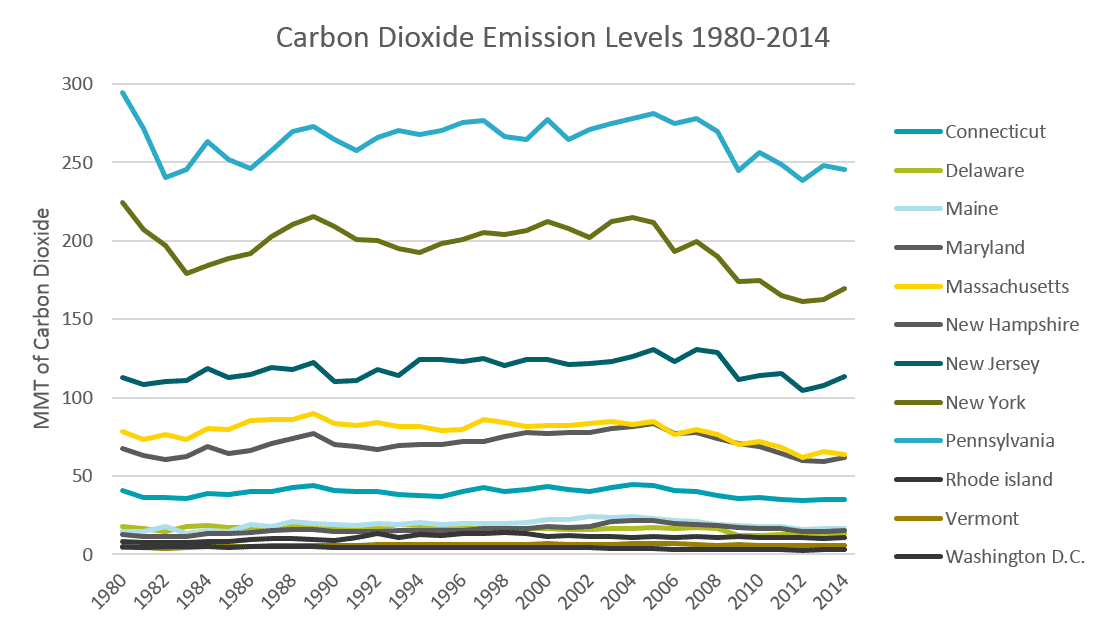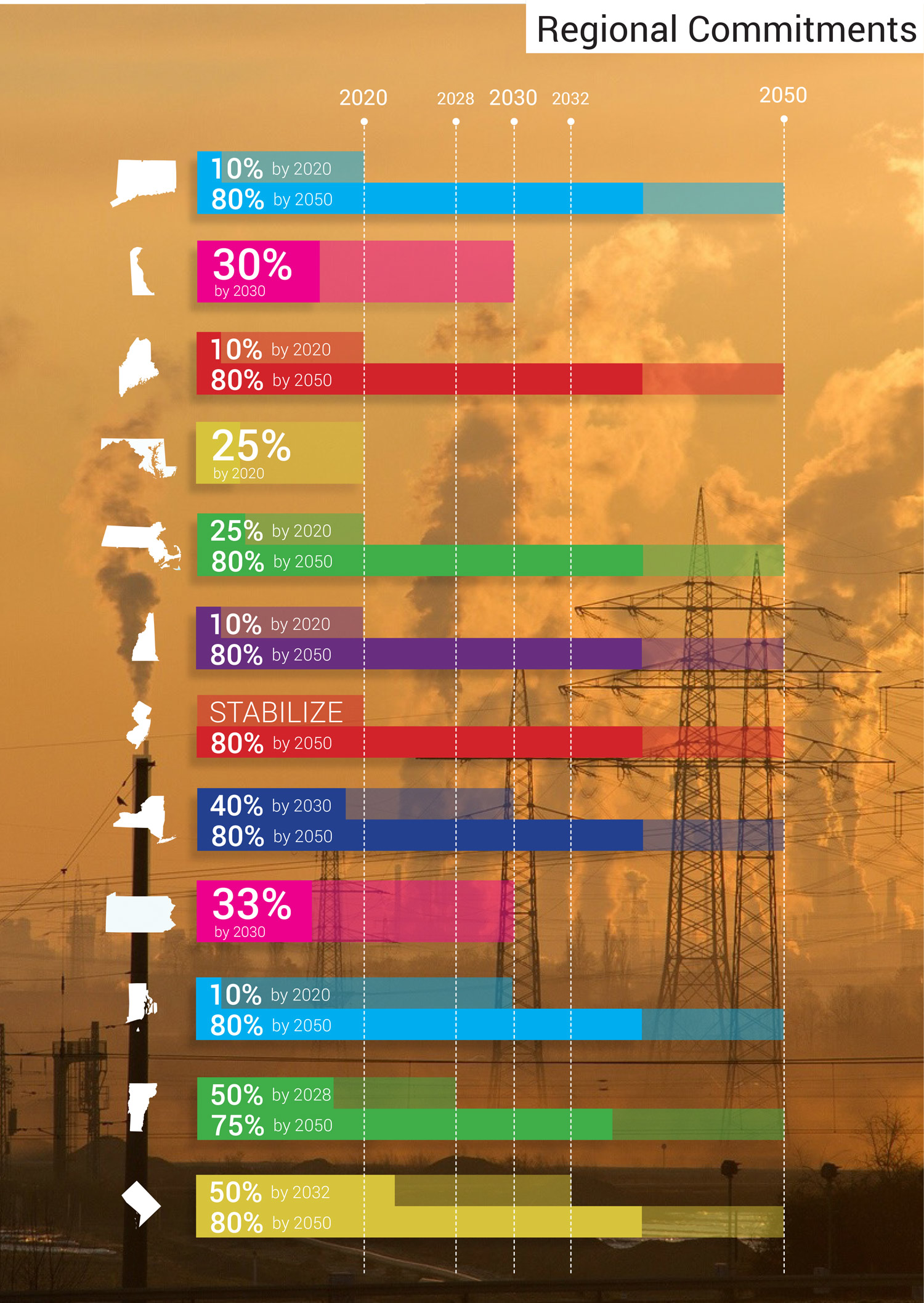By Christina Rohrbacher | Wed, February 7, 18
Building energy codes are a critical piece of the puzzle in the fight against climate change. Carbon emissions reduction plans must include energy codes that are regularly updated in order to effectively fight climate change.
Renewable energy, like solar and wind, are popular and effective energy sources that will drastically reduce our carbon emissions. They are buzzwords that fill our social media feeds and are sexy alternatives to coal and oil. They also remind us that a world beyond fossil fuels is achievable. But what about energy efficiency?
Building energy codes effectively reduce carbon emissions, while reducing the occupant or owner’s ongoing costs. Because energy efficiency is often “invisible”, it is critical that states lead by example and set energy codes that move toward zero energy.
NEEP recently published a paper titled “Building Energy Codes for a Carbon Constrained Era: A Toolkit of Strategies and Examples”. The first objective in this paper, and the focus of this blog, is to advance code development to zero energy. A zero energy building is one that uses no more energy than it produces via renewable sources. By coupling zero energy codes with renewable energy sources, we have the ability to eliminate fossil fuels from our grid by 2050. This is not only exciting, but extremely necessary if we want a livable future.

Eric Corey Freed conducted a workshop with the U.S. Green Building Council (USGBC) MA Chapter on January 19 called “An Optimistic Report from the Dystopian, Apocalyptic World of 2030”. In it, he outlined 10 energy-related sustainability trends happening now. We can confirm that these are, in fact, topics and concepts that many folks are discussing:
- End of Carbon
- Benchmarking
- Zero Energy
- Energy Storage
- Transparency
- Wellness
- Biophilia
- Automation
- Ownership
- Resilience
Zero energy is a popular topic that is only becoming more popular. With that in mind, the table below includes the carbon emissions reduction goals for each state in our region. The target is generally 80 percent emissions reduction by 2050 for the majority of these states. Zero energy plans could help states reach these targets more quickly.

With zero energy as a trend mentioned by Freed during his USGBC workshop, it is a no-brainer that states could establish a statewide zero energy buildings code plan that goes beyond the goals set in the table above.
The Northeast & Mid-Atlantic region is facing some exciting developments on the zero energy front. The District of Columbia is planning to implement a zero energy building code for 2030, and Rhode Island’s Zero Energy Task Force is working to ensure the new stretch code is a bridge to their Zero Energy Building Pathway to 2035 plan.
The state of California has established a Zero Energy Plan that outlines some ambitious goals that could be a model for states in the Northeast & Mid-Atlantic region. California's goals are:
- All new residential construction will be zero energy (ZE) by 2020;
- All new commercial construction will be ZE by 2030;
- 50 percent of commercial buildings will be retrofit to ZE by 2030;
- 50 percent of new major renovations of state buildings will be ZE by 2025, and 100 percent by 2025.
Using California as a model, other states have the opportunity to adopt similar goals. An option could be to create a stretch code that is a zero energy code. Stretch codes create a model for future mandatory energy codes, and can allow the testing and development of that future mandatory goal. The progress of states in the Northeast and the Mid-Atlantic region is promising, but could progress further.

